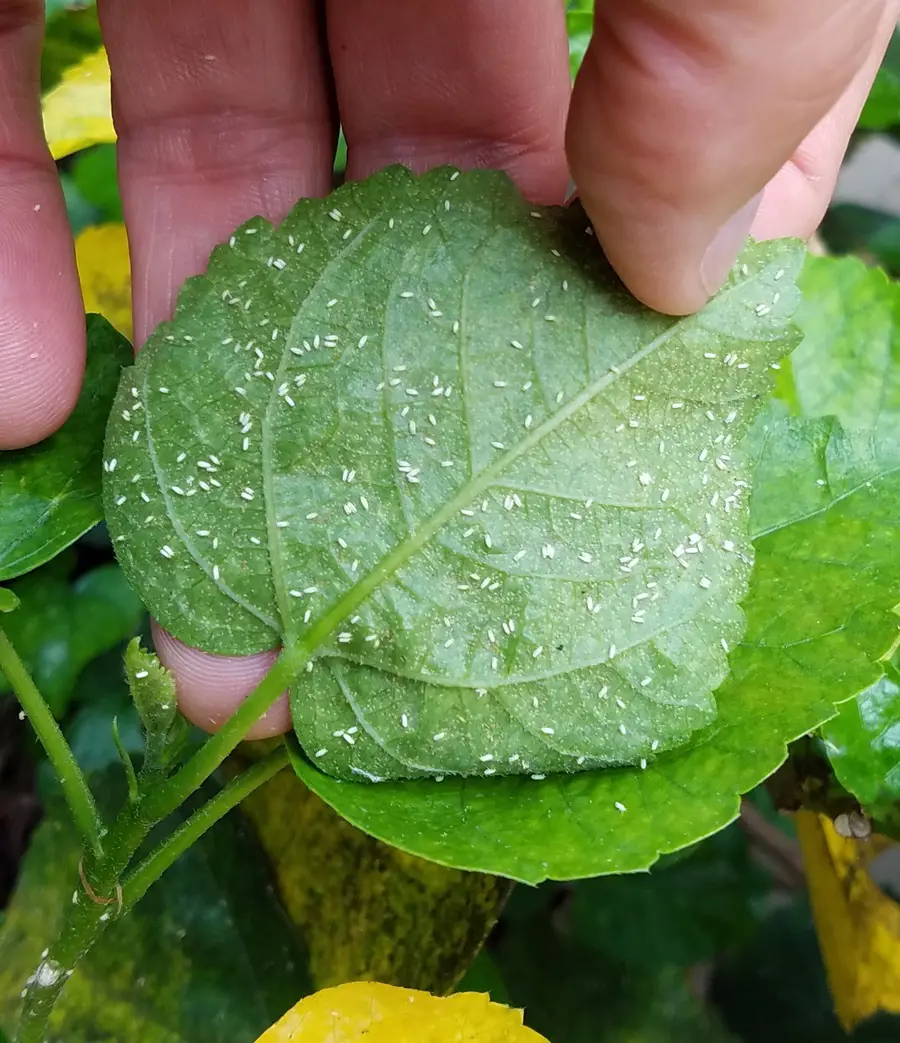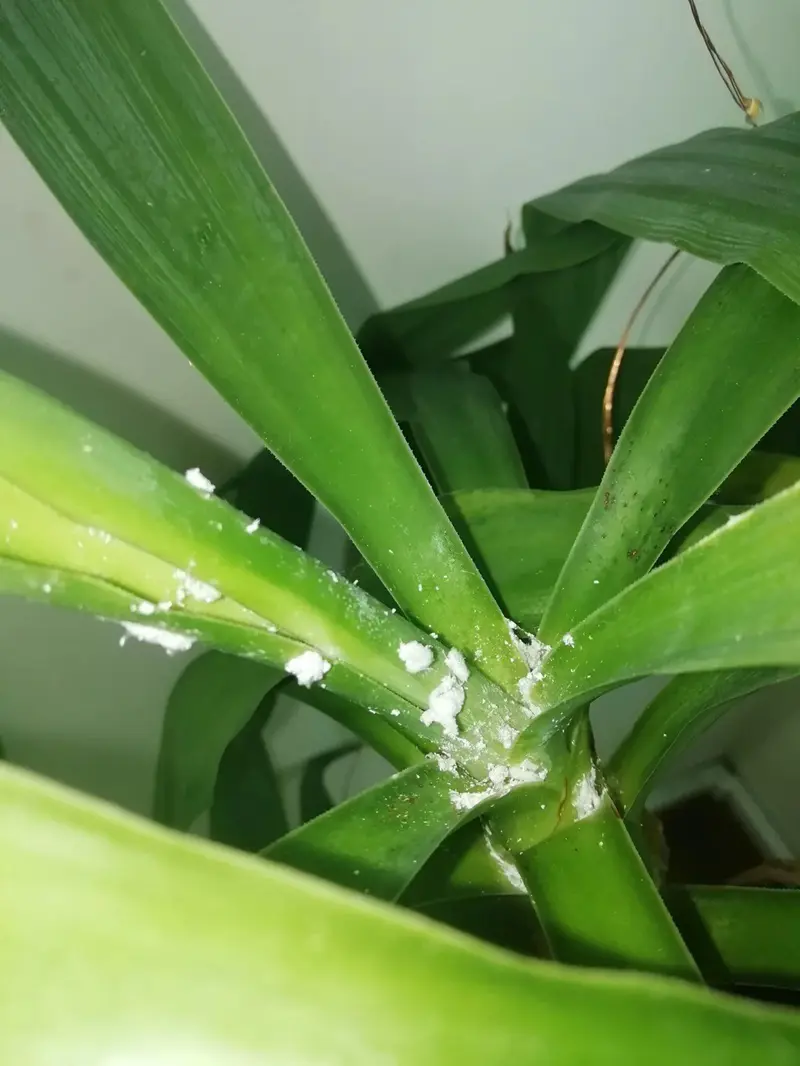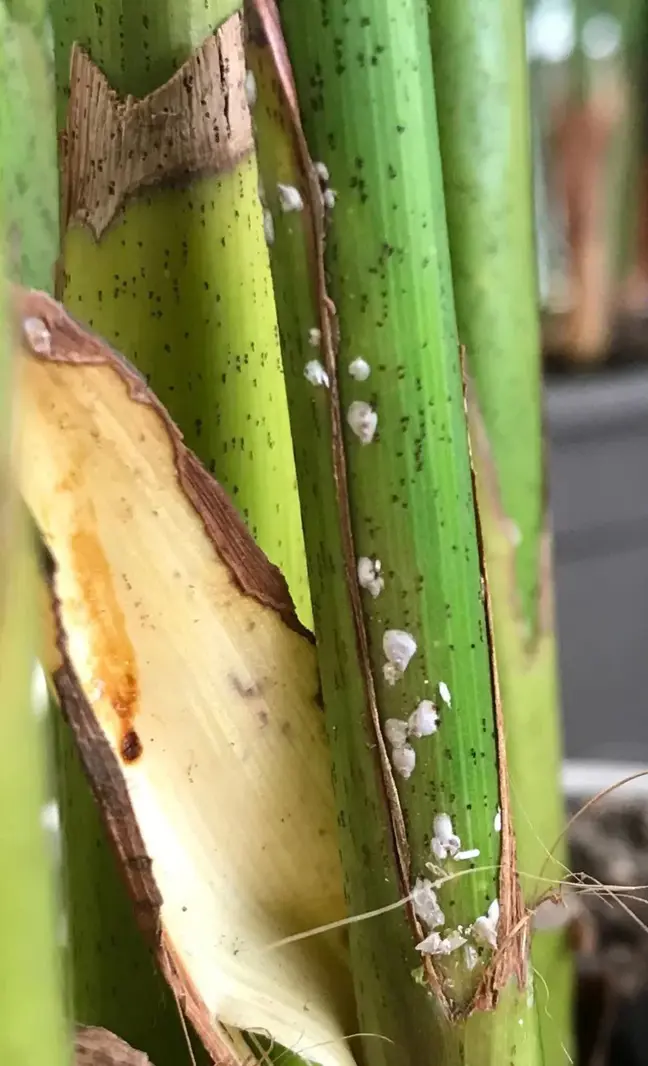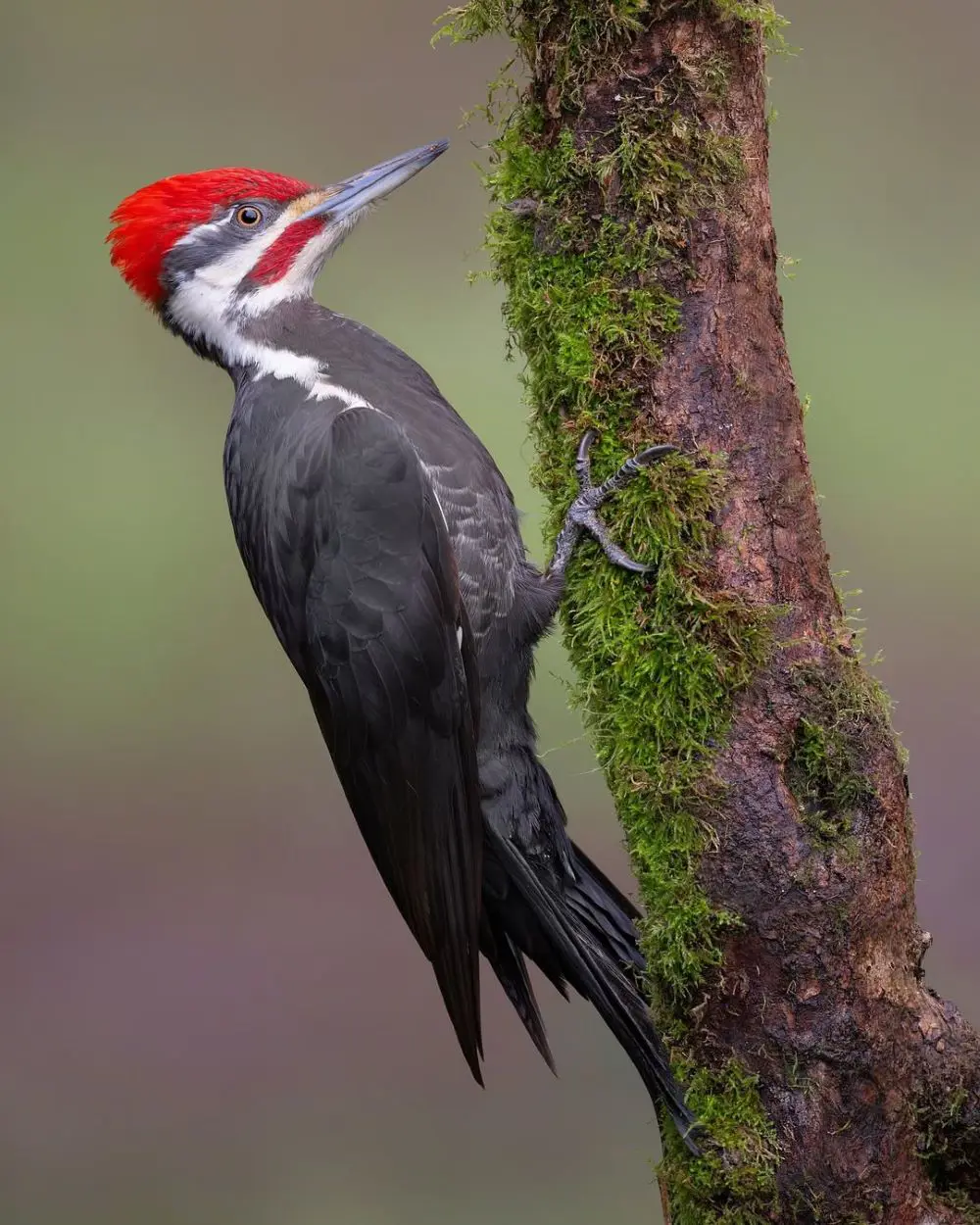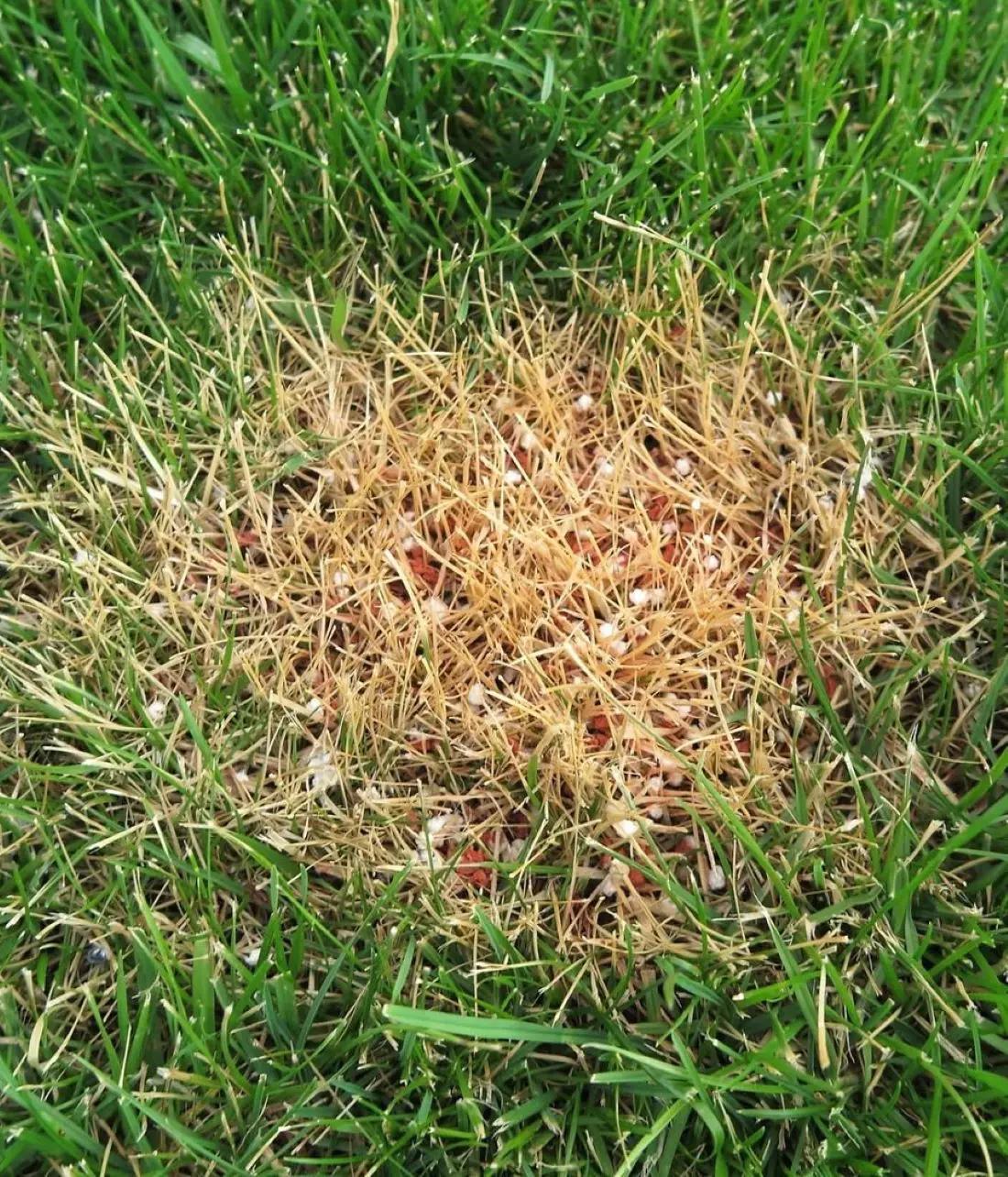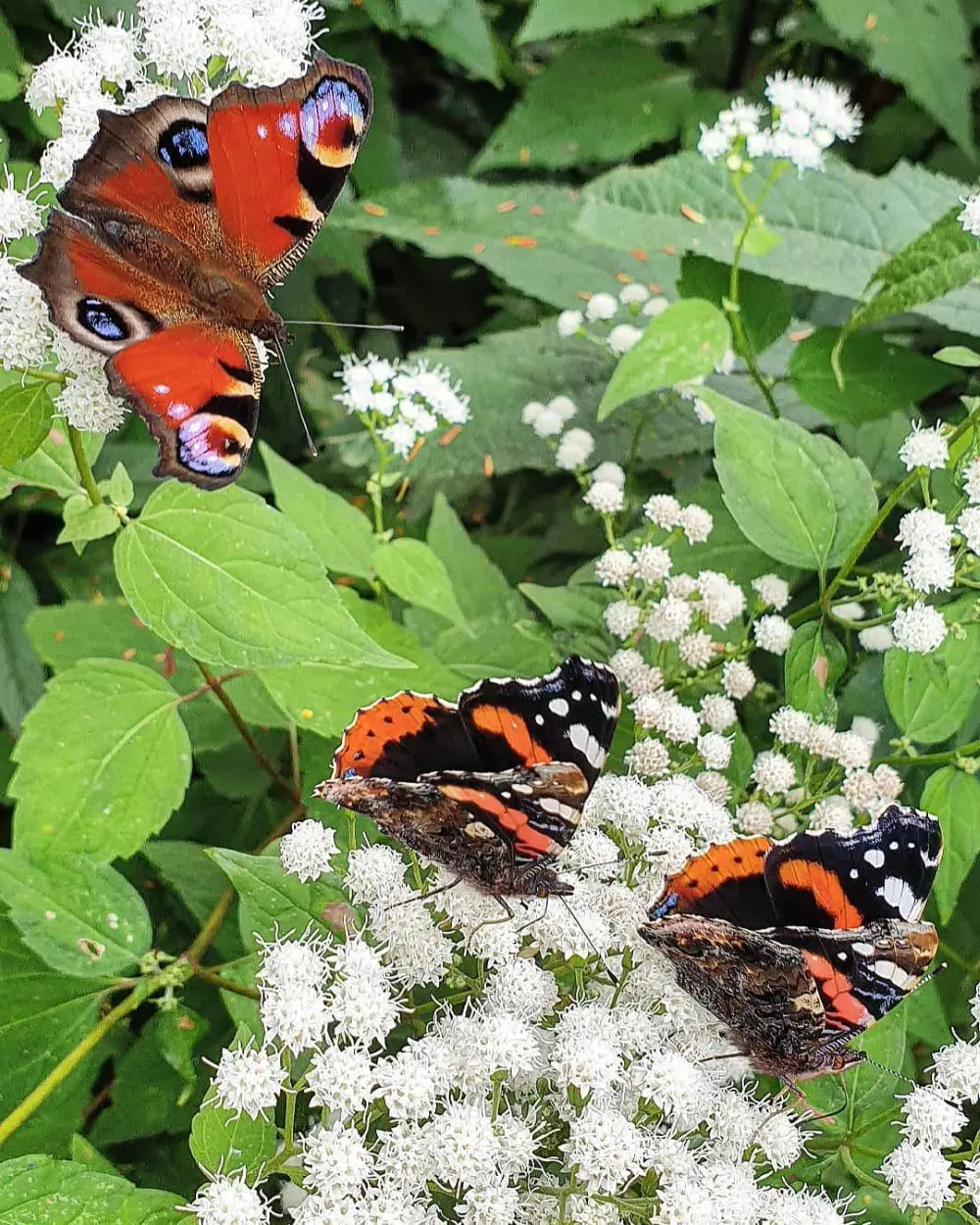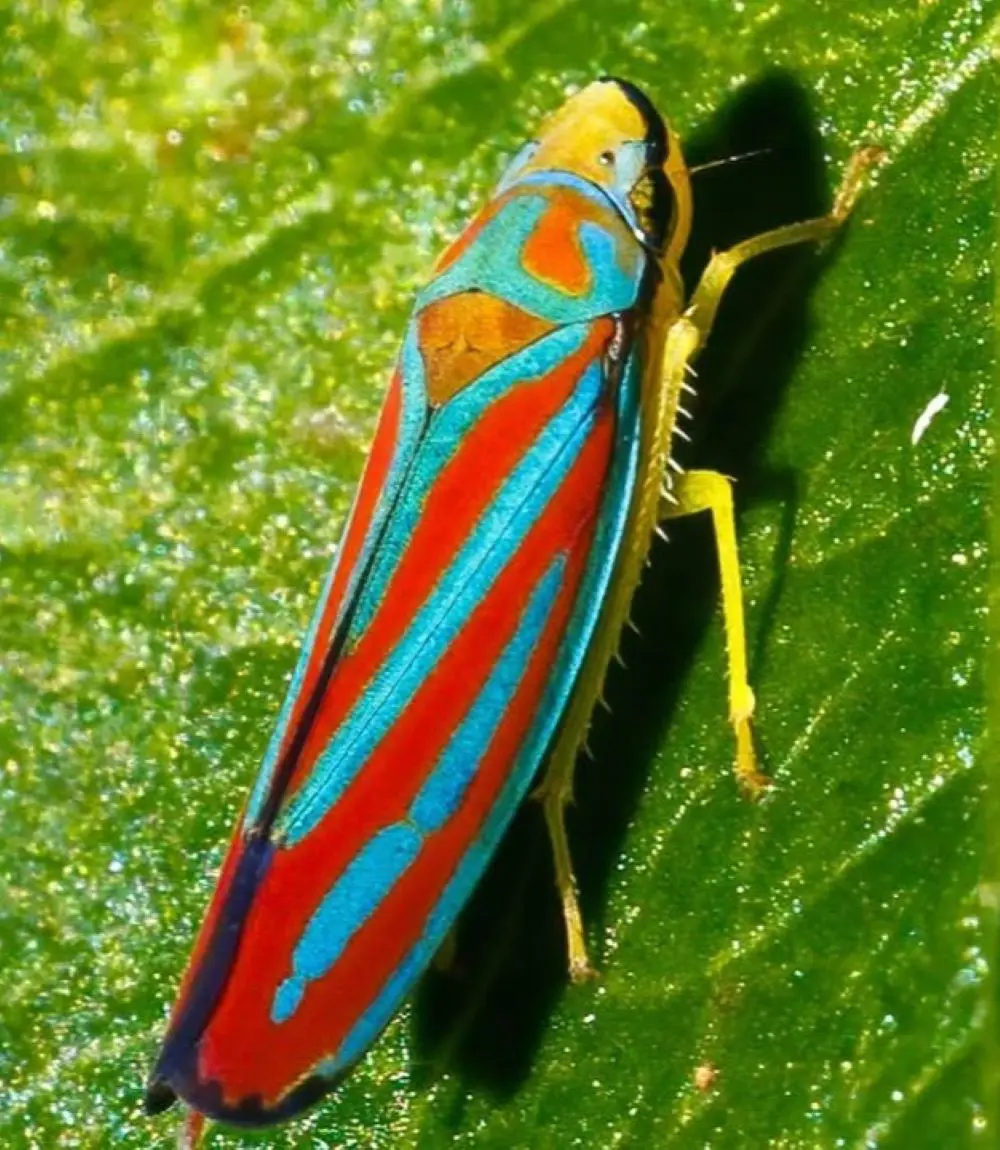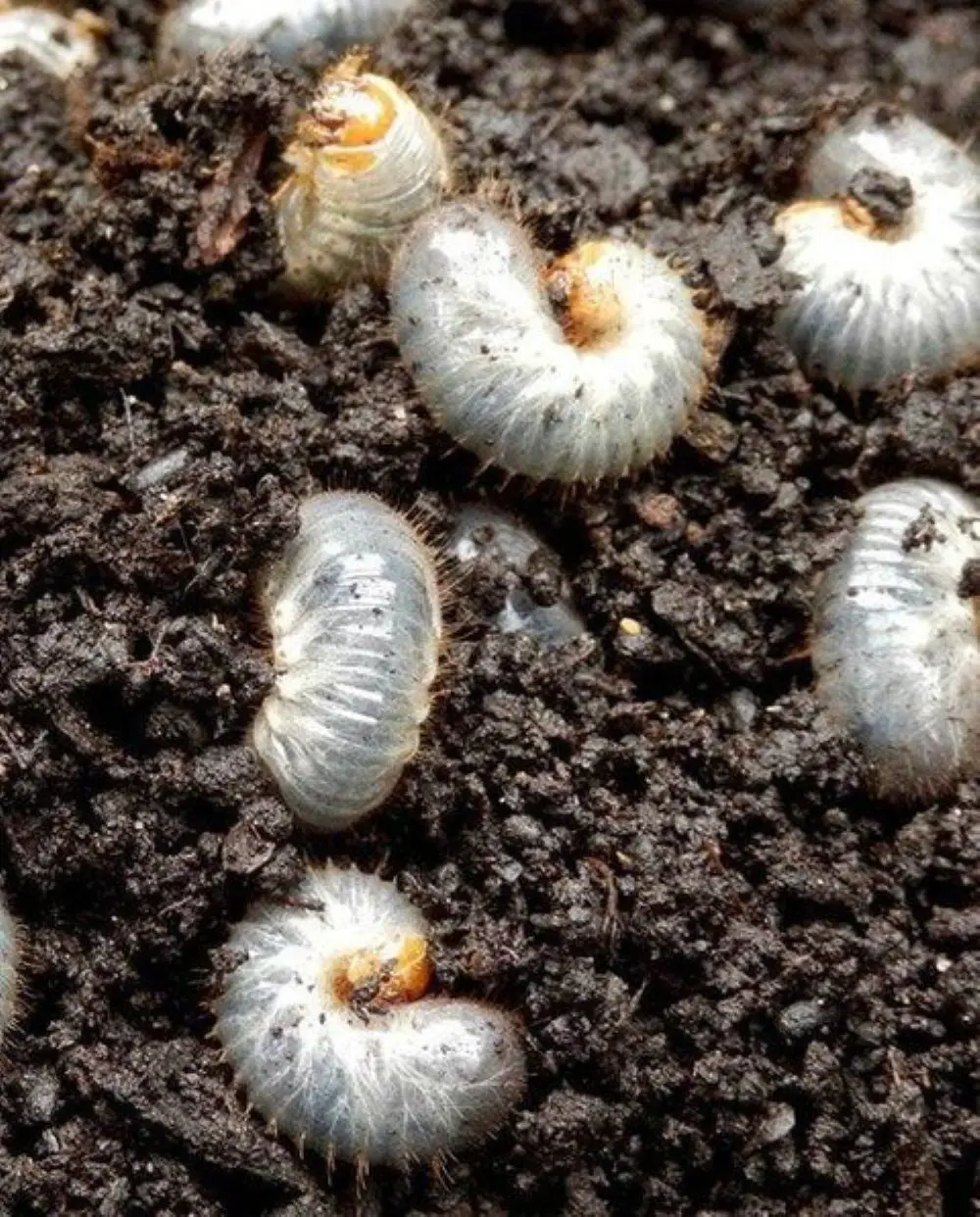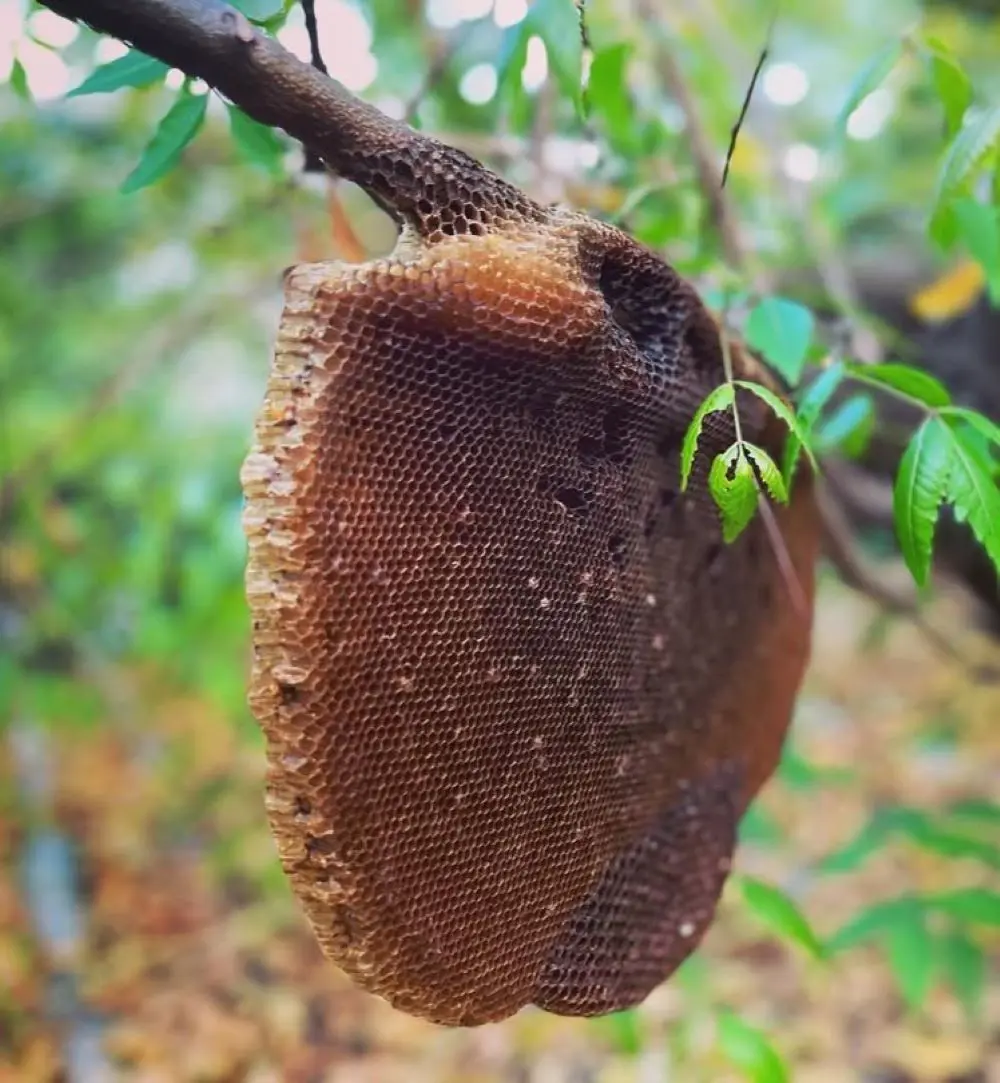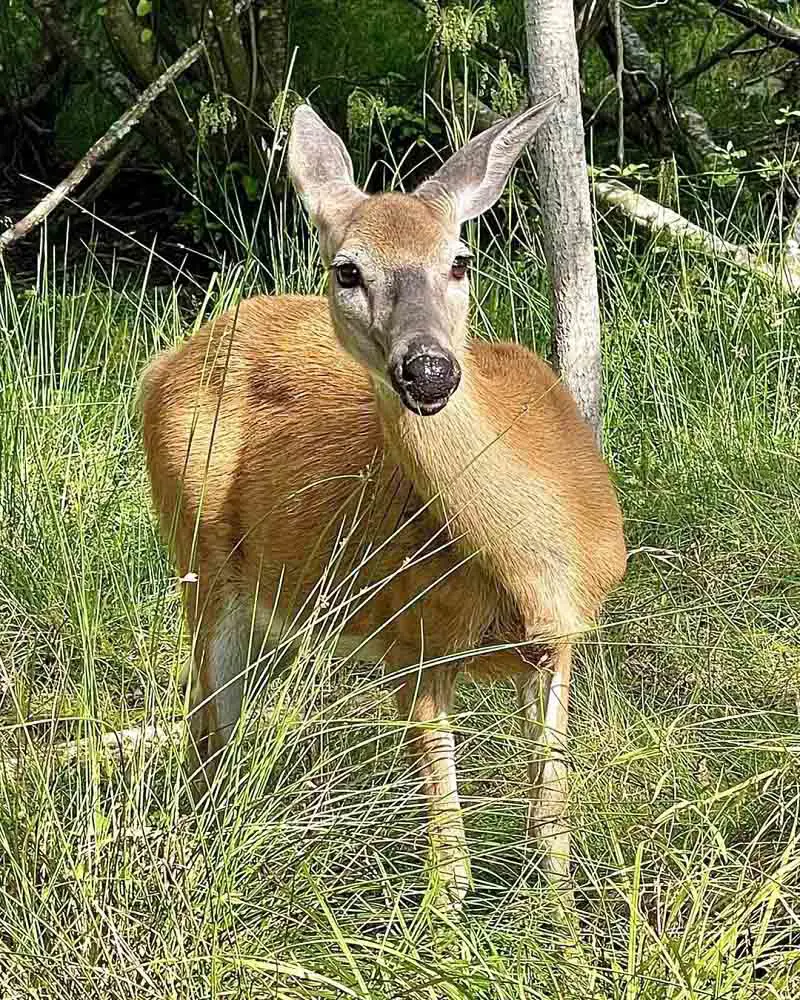How To Get Rid of Whiteflies Naturally?
1. Eliminating the Infested Leaves
The leaves of the host plants are usually home to the whiteflies. Residing on the underside of the leaves, they are settled forming clusters. Once you identify the clusters, make sure to pick the whole infested leaf.
After carefully plucking all the infested leaves, you need to destroy them completely leaving no trace of whiteflies whatsoever. If you are late to detect the whiteflies and unfortunately your plant dies then make sure to destroy the whole plant far away from your garden.
2. Sunlight and Water

The whiteflies are susceptible to sunlight which is an inseparable element for the plants during photosynthesis. Plants tend to grow more robust upon receiving adequate sunlight while thriving in the most natural form of essential elements.
Similar to this, watering is another thing that makes what your plant is. Water is very crucial to plants and you need to make sure enough water is provided to them, taking caution not to water-log so that plants grow developing more resistance against any unwanted diseases and bugs.
If you are using a hose or spray pipe to water your plants then there is a higher chance that the whiteflies may scatter and fly away.
3. Use of Earthworm
Earthworms are regarded as the friends of farmers. They are responsible for improving the quality of the soil by making it more fertile helping to grow the plants vigorously.
They are also found to help your plants repel the insect infestation by offering an enzyme that is fruitful to the plants but harmful to the bugs and whiteflies leading them to their death and dissolving them naturally.
4. Cleanliness
You must keep your garden area very clean with the removal of all unnecessary weeds and debris that might offer homes to the whiteflies. The whiteflies are believed to be fast reproducers so making your site clean as early as possible would be very effective.
Identifying the unwanted weeds and removing everything that is not useful in your garden should be adopted as a habit if you are an authentic gardener regardless of the crops you are cultivating to minimize the potential of possible whitefly encounters.
5. Access to the Predators
Several natural predators around you attack the whiteflies that have been your and your plants' enemies. More specifically, ladybugs, spiders, and dragonflies are favorite to eat whiteflies.
If whiteflies are only the problem then you might lean on the beetles, mites, lacewings, and parasitic wasps that would kill the whiteflies in some period making your garden accessible to every whitefly predator.
6. Fly Repelling Plants
There are a few plants that naturally act as repellants to the whitefly such as African and French marigolds, Calendula, Nasturtiums, and Peruvian cherry that make sure your garden is protected from the whiteflies and other harmful insects.
The repelling plants that grow in your garden site will be responsible for driving harmful insects away from them minimizing the potential attack from them on the tender foliage of other plants and crops.
7. Bird-friendly Yard

Another natural remedy to cope with the whitefly's problems is to prepare your garden or yard more bird-friendly. Birds like hummingbirds or songbirds are natural predators of the whiteflies. Try investing in birdfeeders, birdbaths, and birdhouses, you won't regret it!
In addition to that, to invite more birds around your garden you need to make sure you have planted local or native plants rather than invasive ones. These would be a great source of attraction for the birds eventually helping you get rid of whiteflies problems.
8. Keep Your Eye on
A regular inspection is very important while cultivating any crops be it indoors or outdoors. If you are quite early locating the infestation around your plants and their leaves, it would be best to go for effective action very early.
This will help us to cope with the problems quite early reducing potential harm to the plants from getting worse while also making the plants grow in favorable conditions through constant care and maintenance.
